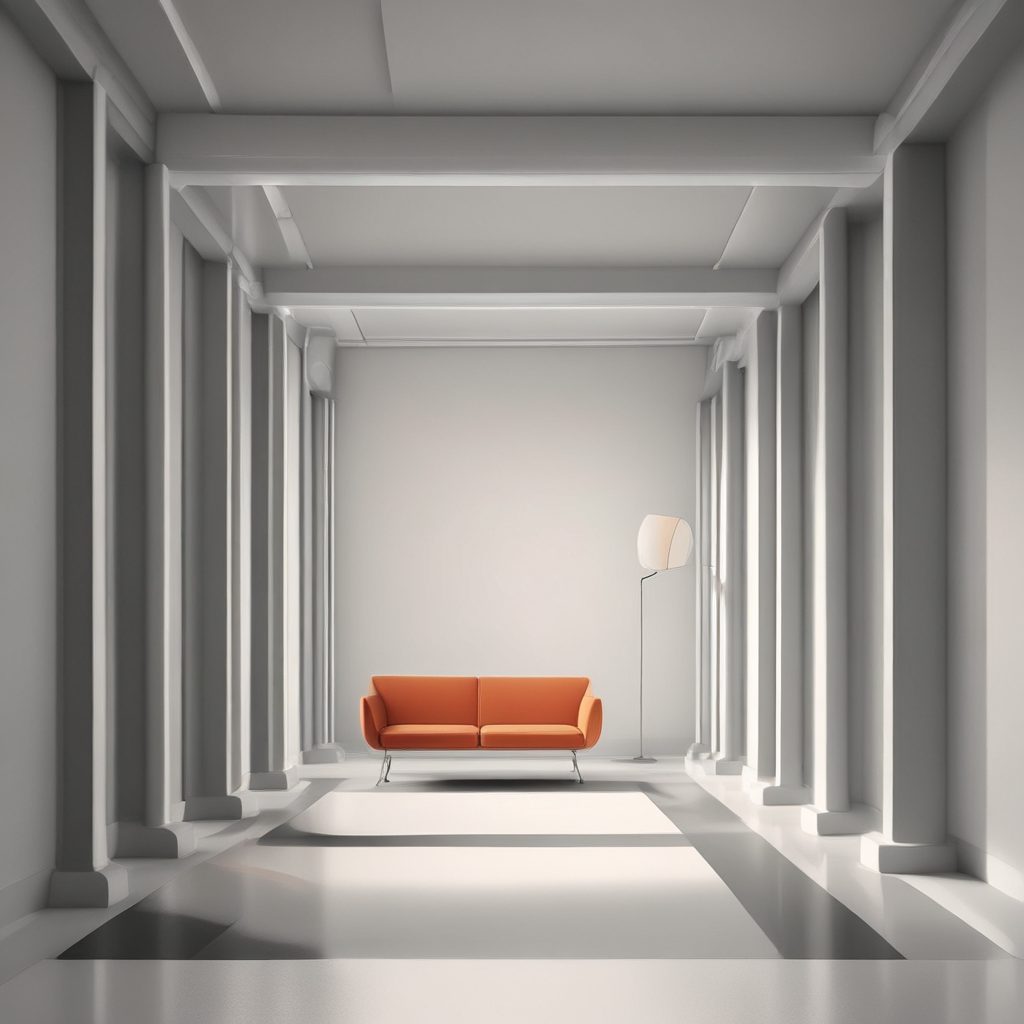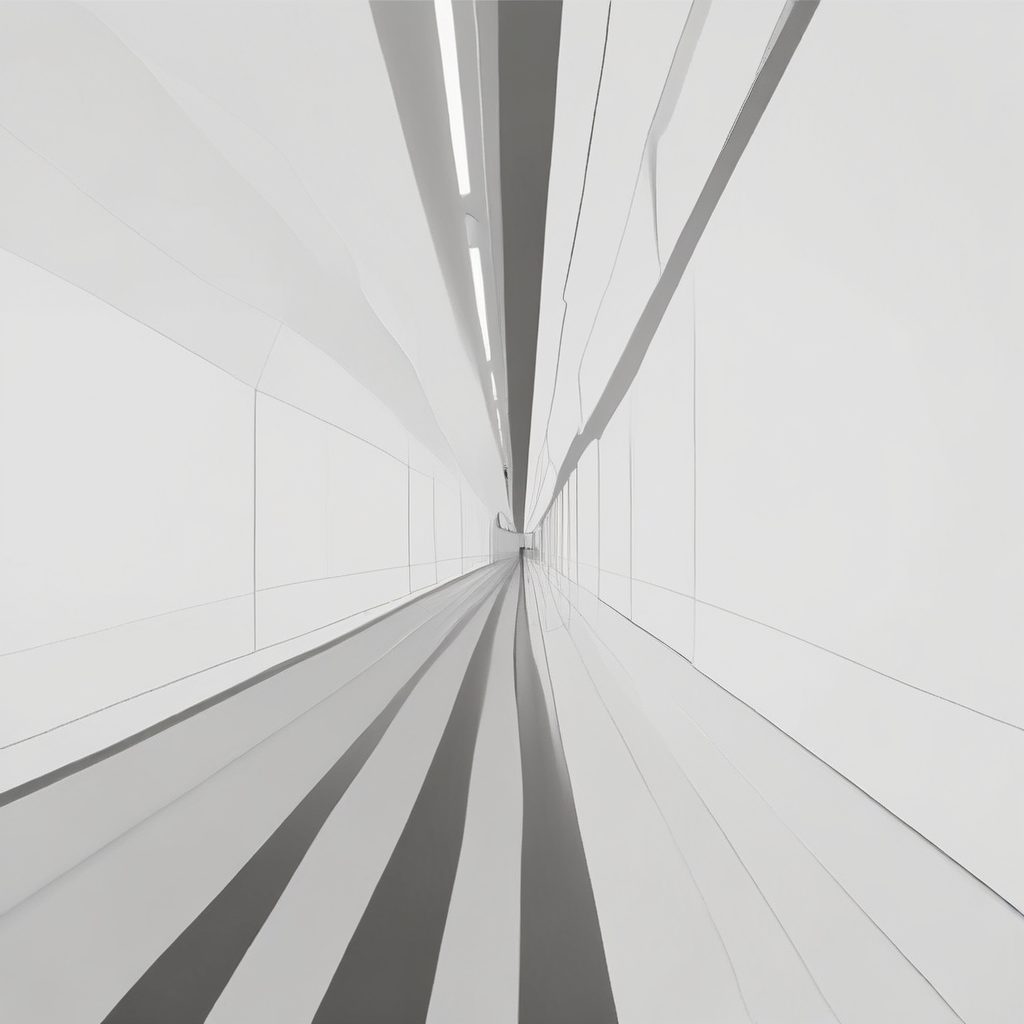
Layering Textures in Your Kitchen for a Luxurious Feel
Creating a luxurious kitchen is not just about choosing the right color palette or high-end appliances. One of the most effective ways to elevate the aesthetic of your kitchen is through the art of layering textures. This approach adds depth, interest, and a sense of warmth to the space, making it both inviting and sophisticated. In this article, we will explore various ways to incorporate textures into your kitchen design, supported by examples, statistics, and expert opinions.
The Importance of Texture in Interior Design
Texture plays a crucial role in interior design, influencing how a space feels and functions. According to a study by the National Kitchen and Bath Association, 78% of designers believe that texture is a key element in creating a luxurious kitchen. Textures can be visual or tactile, and they contribute to the overall sensory experience of a room. By layering different textures, you can create a dynamic and engaging environment that appeals to the senses.
Incorporating texture into your kitchen design can also enhance the perception of space. For instance, using a mix of smooth and rough surfaces can create visual interest and make a small kitchen appear larger. As interior designer Nate Berkus once said, “Texture is the most underutilized element in design. It can transform a space from flat to fabulous.” By understanding the importance of texture, you can make informed decisions that elevate your kitchen’s design.
Choosing the Right Materials
When it comes to layering textures, selecting the right materials is essential. Natural materials such as wood, stone, and metal are popular choices for creating a luxurious feel. Wood, with its warm and organic texture, can be used for cabinetry, flooring, or even as an accent wall. According to a survey by Houzz, 45% of homeowners prefer wood for their kitchen cabinets due to its timeless appeal and versatility.
Stone, on the other hand, adds a sense of elegance and durability. Marble countertops, for example, are a classic choice for luxury kitchens. However, if marble is not within your budget, consider using quartz or granite, which offer similar aesthetic qualities. Metal accents, such as brass or copper fixtures, can add a touch of glamour and contrast to the natural textures. By carefully selecting materials that complement each other, you can create a harmonious and luxurious kitchen design.
Incorporating Textiles
Textiles are another effective way to introduce texture into your kitchen. While kitchens are primarily functional spaces, adding textiles can soften the overall look and make the space feel more inviting. Consider using fabric for window treatments, such as Roman shades or curtains, to add a layer of softness and color. According to a report by the American Society of Interior Designers, 60% of designers recommend using textiles to enhance the texture in a kitchen.
Rugs are another excellent way to incorporate textiles into your kitchen. A well-chosen rug can add warmth and comfort underfoot, especially in areas where you spend a lot of time standing, such as in front of the sink or stove. Opt for durable materials like wool or synthetic fibers that can withstand the wear and tear of a busy kitchen. By thoughtfully incorporating textiles, you can add depth and personality to your kitchen design.
Playing with Patterns
Patterns are a powerful tool for adding texture and visual interest to your kitchen. Whether through tile backsplashes, wallpaper, or fabric, patterns can create a focal point and enhance the overall design. Geometric patterns, for example, can add a modern touch, while floral or botanical prints can introduce a sense of nature and tranquility. According to a study by the Interior Design Society, 52% of homeowners are incorporating patterns into their kitchen designs to add character and style.
When using patterns, it’s important to balance them with solid colors and simpler textures to avoid overwhelming the space. Interior designer Kelly Wearstler advises, “Patterns should be used strategically to create rhythm and harmony in a room.” By carefully selecting and placing patterns, you can create a cohesive and luxurious kitchen design that reflects your personal style.
Lighting and Its Impact on Texture
Lighting plays a significant role in highlighting textures and enhancing the overall ambiance of your kitchen. The right lighting can accentuate the textures of materials, creating shadows and depth that add to the luxurious feel. Layered lighting, which includes ambient, task, and accent lighting, is essential for achieving this effect. According to the Illuminating Engineering Society, 70% of designers recommend using layered lighting to enhance texture in interior spaces.
Consider using pendant lights over the kitchen island to draw attention to the textures of the countertop and cabinetry. Under-cabinet lighting can highlight the texture of a tile backsplash, while recessed lighting can create a soft glow that enhances the warmth of wood surfaces. By strategically placing lighting fixtures, you can create a dynamic and inviting kitchen that showcases the beauty of layered textures.
Conclusion: Creating a Cohesive Design
Layering textures in your kitchen is an art that requires careful consideration and planning. By understanding the importance of texture, choosing the right materials, incorporating textiles, playing with patterns, and using lighting effectively, you can create a luxurious kitchen that is both functional and aesthetically pleasing. As you embark on your kitchen design journey, remember the words of interior designer Jonathan Adler: “Your home should be a reflection of your personality and style.” By thoughtfully layering textures, you can create a kitchen that is uniquely yours and exudes luxury and sophistication.




 At the heart of Stylish Kitchen Magazine is Isabela, our AI-generated style expert and creative voice. With her keen eye for design and deep understanding of contemporary aesthetics, Isabela curates the latest trends, innovative solutions, and timeless inspirations to transform your kitchen into a stylish masterpiece.
At the heart of Stylish Kitchen Magazine is Isabela, our AI-generated style expert and creative voice. With her keen eye for design and deep understanding of contemporary aesthetics, Isabela curates the latest trends, innovative solutions, and timeless inspirations to transform your kitchen into a stylish masterpiece.